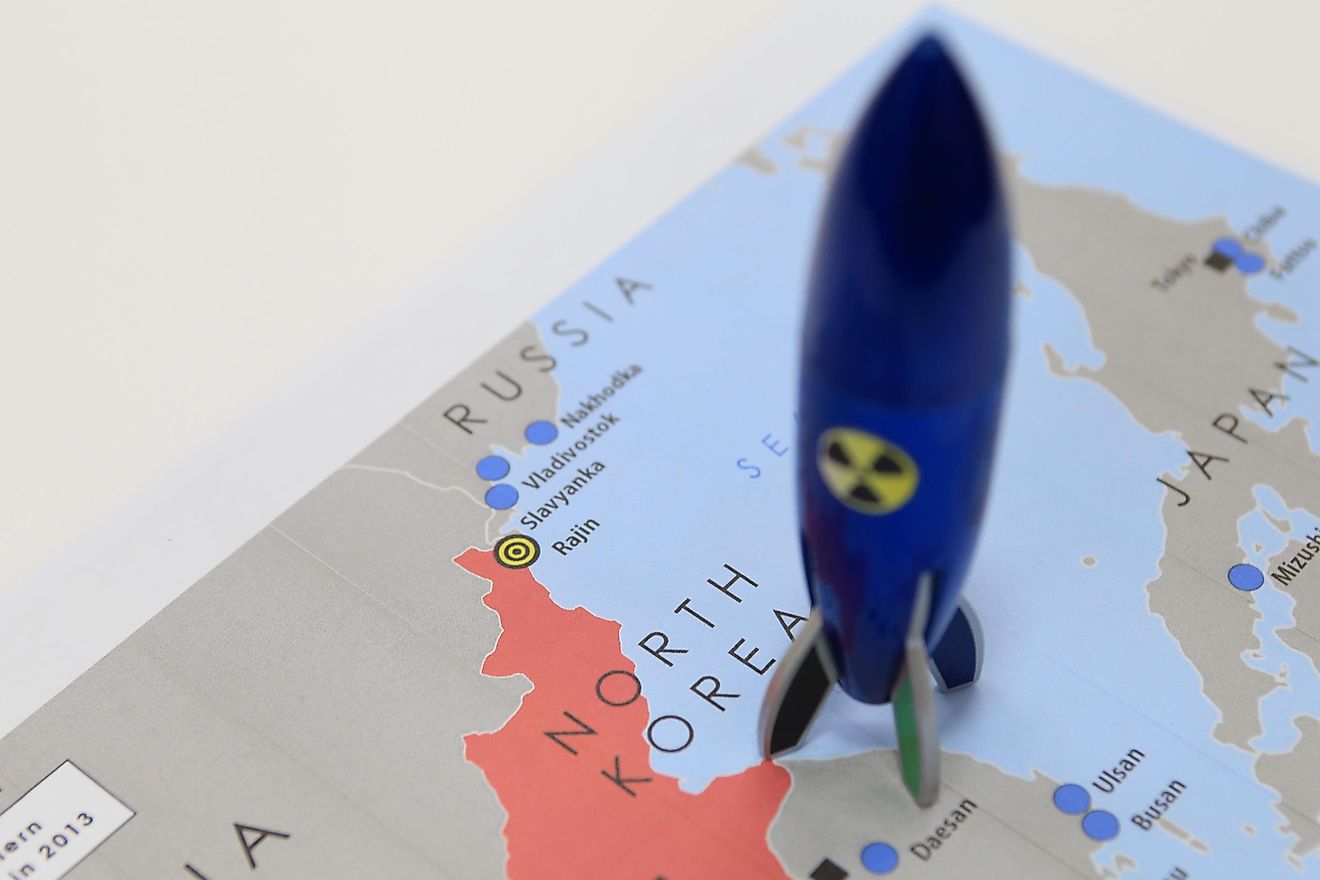How Did North Korea Get Nuclear Weapons?

North Korea’s nuclear weapons program is a global concern. Experts believe the nation is fielding increasingly sophisticated nuclear weapons, which are destabilizing the regional and global security architecture. To understand the genesis of the nation’s nuclear program, one has to examine the country’s formative years. Before World War II, the Korean Peninsula was under Japanese colonial rule. In 1945 the US dropped atomic bombs on Hiroshima and Nagasaki, which led to Japan’s surrender and the consequent liberation of Korea. Soon after, the peninsula was divided into two; the US-controlled south and the Soviet-controlled north, which at the time was under the administrative leadership of Kim Il-sung, a former Soviet soldier. In 1950, a war between North and South Korea broke-out over competing claims over the Korean peninsula. A few months into the Korean War, US President Harry Truman declared that the use of an atomic bomb in the war was under “active consideration.” A threat that was not be executed.
The Soviet Support
In December 1952, the North Korean government established the Academy of Sciences and the Atomic Energy Research Institute. The Korean War ended in 1953 through an armistice. By the time the US forces had dropped over 650,000 tons of bombs and napalm and killed over a million people. The armistice allowed Kim Il-sung to consolidate his grip on power in the north, which eventually started dynastic rule over the country that would later be assumed by his son and grandson, Kim Jong-un, the current leader, after his death. Work on a nuclear program began after North Korea signed the founding charter of the Soviet-led, Joint Institute for Nuclear Research in 1956. The move allowed the nation to send scientists and technicians to the Soviet Union for training. In January 1958, the US deployed nuclear weapons in South Korea. The following year the Soviet Union and North Korea signed an agreement on the peaceful use of nuclear energy. The agreement allowed the Soviet Union to establish a nuclear research facility in Yongbyon, a town situated north of Pyongyang. During the early 1960s, the Soviet Union provided technical assistance to the country, which included the installation of an IRT-2000 nuclear research reactor. The state also sought help from Beijing after China’s first nuclear test in 1964. However, assistance to North Korea was denied.
Indigenous development
In the 1970s and 1980s, the country set about obtaining sensitive nuclear technologies from Europe, by taking advantage of inadequate safeguards. The 1980s also saw the country carry out considerable indigenous expansion when the nation established uranium milling facilities and a fuel rod complex. International Atomic Energy Agency (IAEA) experts also confirmed that North Korea had reprocessed plutonium from spent fuel rods obtained from the Yongbyon-Kun rector on three occasions, 1989, 1990, and 1991. In 1991, the United States announced its withdrawal of Nuclear weapons from South Korea. Later in the same year, both North Korea and South Korea signed a declaration on the Denuclearization of the Korean Peninsula. North Korea then broke the agreement. In 1993, North Korea denied IAEA access to suspected waste sites and then threatened to leave the Treaty on the Non-Proliferation of Nuclear Weapons (NPT). However, the country was convinced to suspend the withdrawal by the United States. Tense relations between the US and North Korea over plutonium reprocessing were briefly addressed by the agreed framework, which was finalized in 1994.
Help from Pakistan
In 2002, evidence emerged that North Korea had received assistance in the 1990s from Pakistan and had received uranium centrifuges and enrichment equipment. In 2003, North Korea withdrew from the NPT. In the same year, the US learned of plans to construct a Uranium enrichment facility with the help of Pakistan. The year also saw the US declare that North Korea had nuclear weapons. Since then, the country has conducted nuclear tests in 2006, 2009, 2013, 2016, and 2017. The country claimed that it tested a thermonuclear device in September 2017.
Evading sanctions
North Korea’s regional and global destabilization through its nuclear weapons program has been condemned on numerous occasions by the UN Security Council. The country is also under crippling sanctions. To further its nuclear weapons program, North Korea uses a complex web of secretive front companies to evade sanctions and export controls to obtain money, information, and other crucial components.











